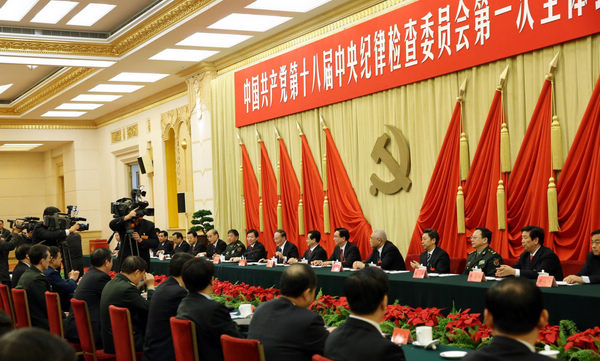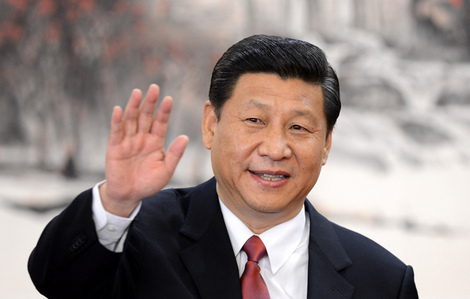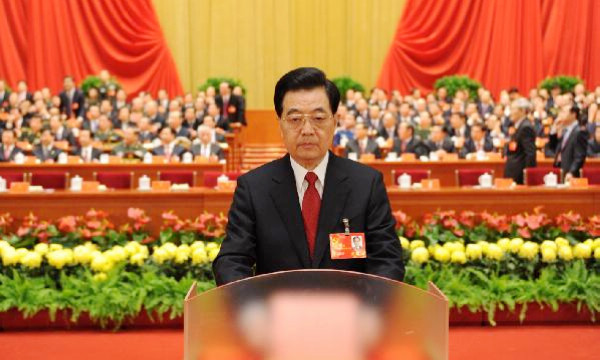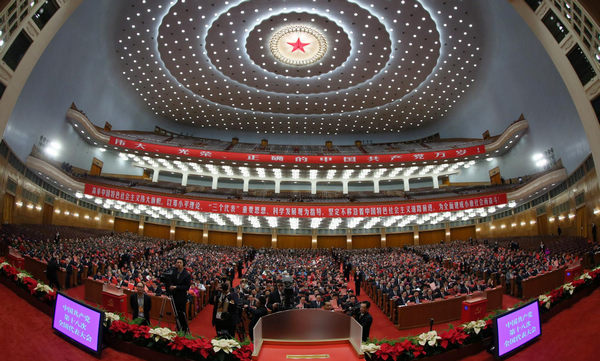Online photo exhibition of China in Development (1911-2011)
(CPC Encyclopedia)
Updated: 2011-09-16 16:52
A photo exhibition, titled China in Development 1911-2011, was unveiled at the United Nations headquarters in New York on Aug 1, 2011, marking the 100th anniversary of the Revolution of 1911, or the Revolution of Xinhai.
The revolution began with the Wuchang Uprising on Oct 10, 1911 and ended with the abdication of Emperor Puyi on Feb 12, 1912, leading to the fall of the Qing Dynasty (1644-1911) and the establishment of the Republic of China (1912-1949). It is named after in the sexagenary cycle of the Chinese calendar, the Xinhai Year.
"Chinese communists inherited and developed the revolutionary causes pioneered by Dr Sun Yat-sen. Through arduous struggle, they led the Chinese people to achieve the success of the new democratic revolution and the socialist revolution, adopt the reform and opening up policy, and create, uphold and develop the socialism with Chinese characteristics. The Chinese nation has witnessed an unprecedented promising future for a great revival," Xie Xiaowu, Minister-Counselor of the Chinese Permanent Mission to the United Nations, said at the opening ceremony.
"The photo exhibition showcases an emerging modern China. There is a lot to learn from modern China for the world. To build a sustainable world, China has played an important role and is moving rapidly in this direction," Said Kiyotaka Akasaka, United Nations Under Secretary-General in Charge of Public Information.
Lin Youhui, deputy secretary general of the All-China Federation of Returned Overseas Chinese, said the photo exhibition showcases the epitome of China's development through a lens and shows the historical track of development in China. All Chinese people will chase their dreams for another 100 years, he added.
With over 100 photos exhibited, the exhibition is co-organized by the All-China Federation of Returned Overseas Chinese and the Chinese Permanent Mission to the United Nations.
The exhibition is based on the vision depicted in the Plans for National Reconstruction by Sun Yat-sen and showcases China's development since the Revolution of 1911 in 10 categories, including transportation, ports, railways, water projects, mining, agriculture, and the peoples' livelihoods.
The Plans for National Reconstruction is one of Sun Yat-sen's most important and includes three parts. In the first part, Psychological Reconstruction or Sun Wen Theory (completed in 1918), argued popular acceptance of his program had been obstructed by acceptance of the old adage, "Knowledge is easy, action is difficult." Sun proposed the transposition of phrase to read, "Knowledge is difficult, action is easy." Once knowledge, provided by himself, was made available, the people should have no difficulty putting it into practice.
The second part, Material Reconstruction or the International Development of China (completed in 1919) constituted a master plan for the industrialization of China to be financed by lavish investments from abroad. The third part, Social Reconstruction or Parliamentary Law (completed in 1917), Sun had attributed the failure of democracy in China to the people's lack of practice in its implementation.
Following the article is an online exhibition of these photos.

Top News
Xi emphasizes adherence to CPC Congress spirit
Top legislator urges implementation of congress spirit
Moderately prosperous China brings chances to world
Video







